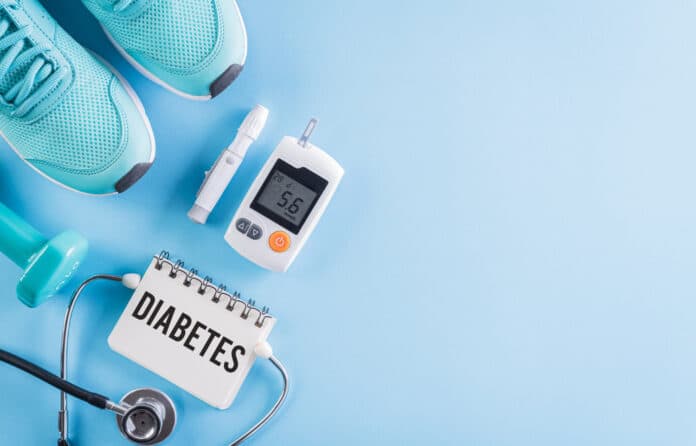The significant characteristics of type 2 diabetes are dysfunctional -cells and decreased whole-body insulin sensitivity. For example, excessive pancreatic-cell insulin production is encouraged by low insulin sensitivity initially brought on by excessive nutrition and/or physical exercise to control blood glucose levels.
Blood sugar levels worsen towards prediabetes and T2D status when insulin secretion can no longer make up for the current low insulin sensitivity. Although extensive study is still being done to determine the specific origin of T2D, being overweight is a major risk factor.
In persons with Type 2 diabetes, exercise has a favorable impact on blood sugar levels, according to a recent study from Rutgers University. It demonstrates that while all exercise is beneficial, some activities—and their timing—are especially beneficial to people’s health.
The study provides a thorough yet clear assessment of the advantages of exercise on blood glucose control in persons with Type 2 diabetes.
Steven Malin, an associate professor in the Department of Kinesiology and Health at the Rutgers School of Arts and Sciences and an author of the study, said, “The challenge with this is that most, if not all, people know exercise is good for them but they don’t know the best approach. We targeted this issue by focusing on a few key parameters: the utility of aerobics versus weightlifting, the time of day that is optimal for exercise, whether to exercise before or after meals, and whether we have to lose weight to get benefits or not.”
Some of the key findings include:
- Habitual aerobic exercise: Physical activity, such as cycling, swimming, and walking, that increases the heart rate and the body’s use of oxygen helps manage blood glucose.
- Resistance exercise: Working muscles using an opposing force such as dumbbells, resistance bands, or a person’s body weight benefits insulin sensitivity in those with Type 2 diabetes.
- Movement throughout the day by breaking up sitting time benefits blood glucose control and insulin levels.
- Performing exercise later in the day can result in better control of blood sugar levels and improve insulin sensitivity.
Malin said, “Any movement is good, and more is generally better. The combination of aerobic exercise and weightlifting is likely better than either alone. Exercise in the afternoon might work better than exercise in the morning for glucose control, and exercise after a meal may help slightly more than before a meal. And you don’t have to lose weight to see the benefits of exercise. That is because exercise can lower body fat and increase muscle mass.”
While insulin resistance is harmful, scientists believe increased insulin sensitivity is beneficial. High insulin sensitivity allows the body’s cells to use blood glucose more effectively, reducing blood sugar.
Malin said, “Together, this idea of exercise timing and type is important because it helps medical professionals more accurately recommend exercise prescriptions to combat high blood glucose.”
Journal Reference:
- U.S. Afsheen Syeda, Daniel Battillo, et al. The importance of exercise for glycemic control in type 2 diabetes. American Journal of Medicine Open. DOI: 10.1016/j.ajmo.2023.100031
